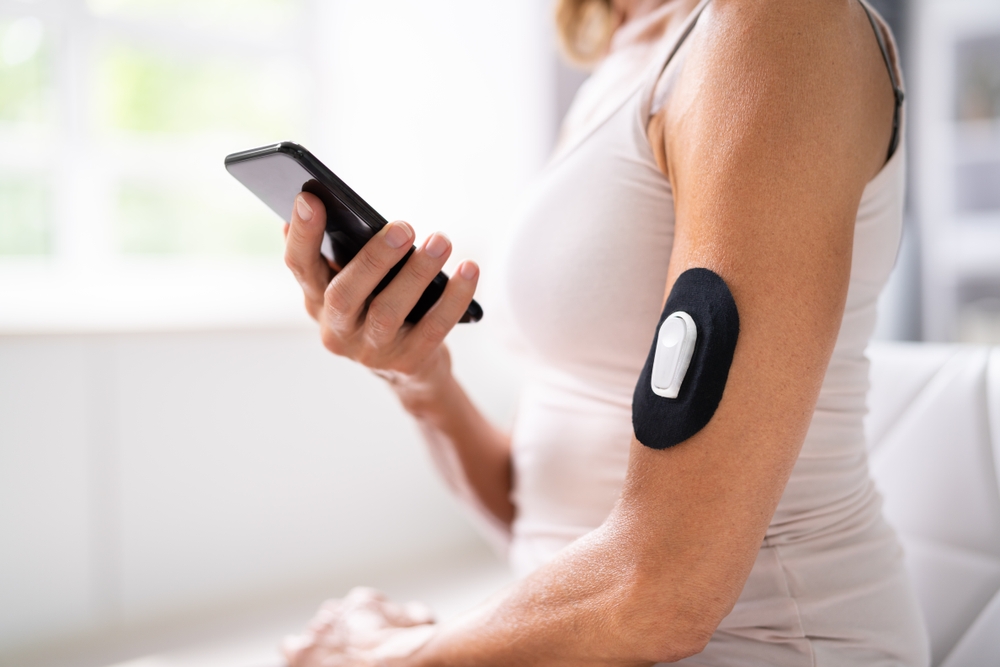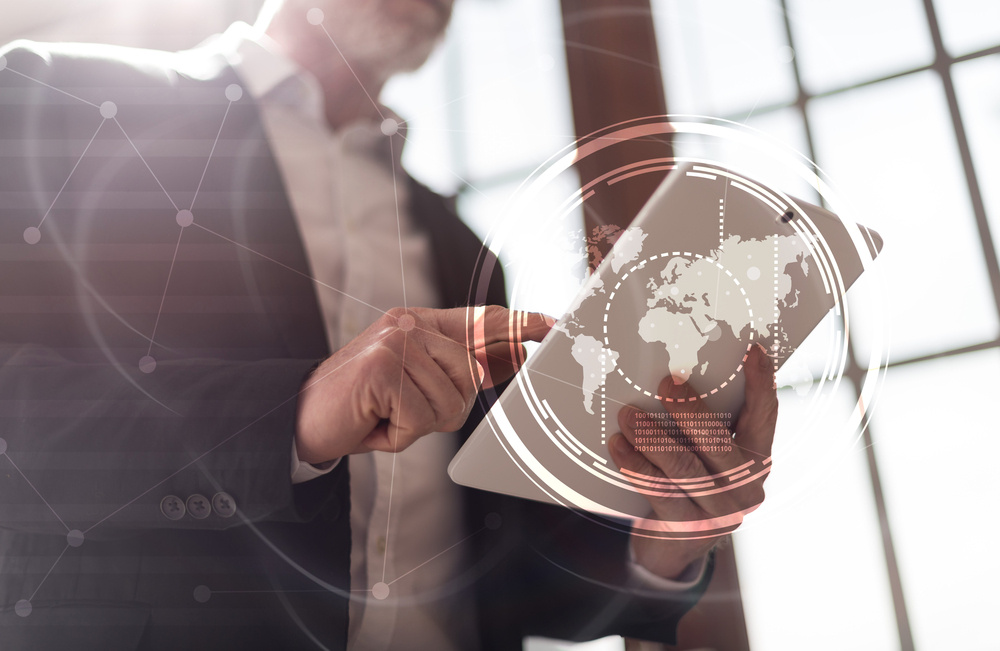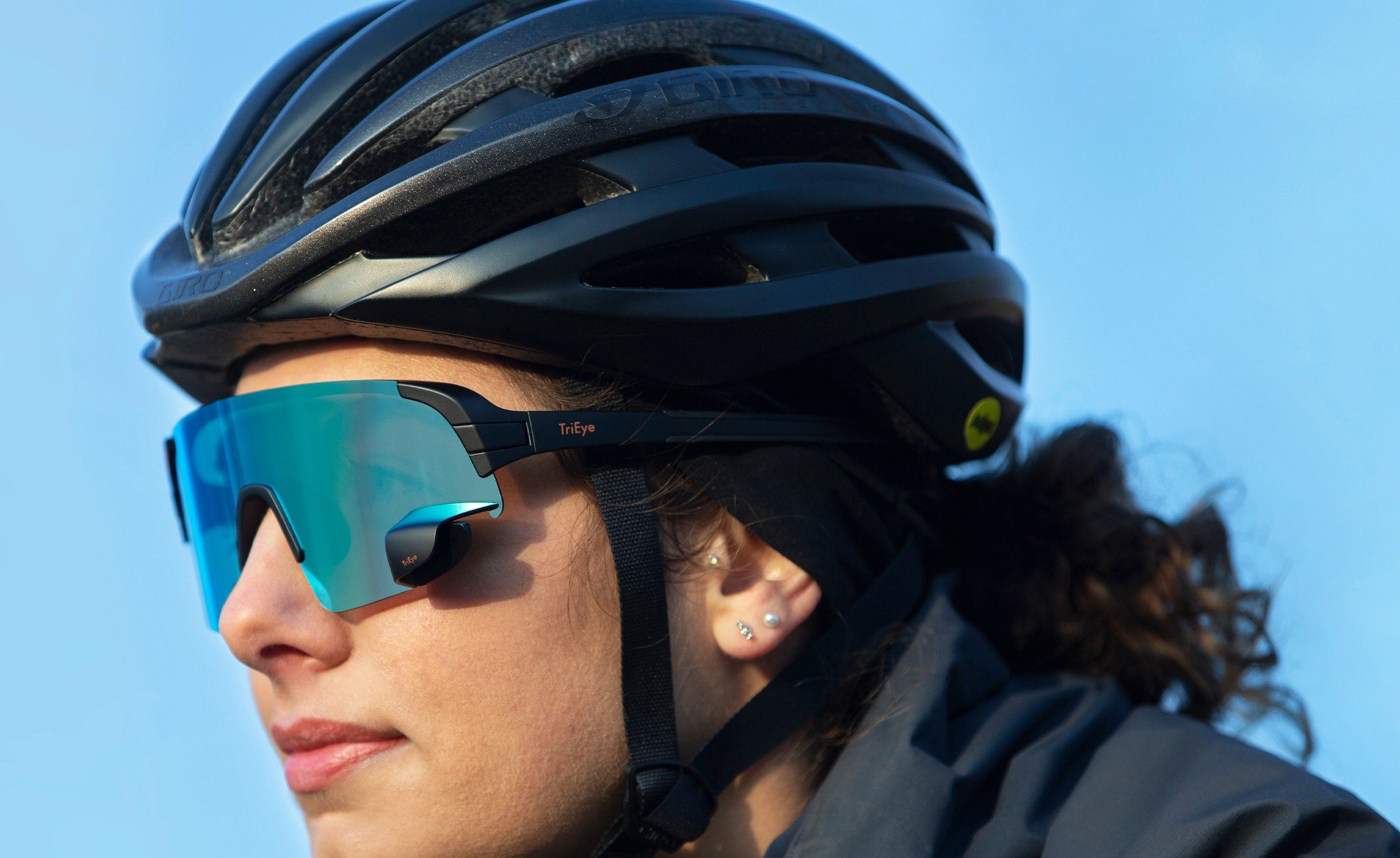Year after year, medical technology is one of the top technical fields for patent filings at the European patent office. In 2022, med-tech took the number two spot with 15,683 patent applications filed, a number that has been steadily growing for many years.
The scale and growth of patent filings is not a surprise given the level of innovation in this area both at home and abroad and the size of the European market for medical technology. Furthermore, companies in this space often place a high importance on patents. This can be because of the need to protect the significant time and investment required to bring medical technology to market, particularly if regulatory approval is required.
Over the coming decade, developments in med-tech are surely going to continue. One particularly exciting area of growth is digital healthcare. This is where med-tech interfaces with digital technology – another top area of patenting activity at the EPO. Digital healthcare is a far-reaching field. A handful of examples include wearable or implantable smart medical devices, digital pills, telemedicine, bioinformatics and genomics, and robotic surgical or diagnostic devices. This field will increasingly leverage artificial intelligence and machine learning.
Digital healthcare products may be more complex than traditional med-tech products. They can have software features as well as, or instead of, hardware features and the product may be distributed over a wider network of connected devices. Inventions may exist in various aspects of these complex products or systems and the nature of these inventions may be different to what traditional med-tech companies are familiar with. Digital healthcare companies therefore need to think carefully, and often holistically, about the IP the have generated when considering patent filing strategies.
To help with this thought process, aspects of a digital healthcare product that could potentially be patentable are set out below using an imagined case study of a company working to develop a new type of smart wearable glucose monitor.
Case study – a smart wearable glucose monitor
-
Physical features of the glucose monitoring device per se.
This is the area that traditional med-tech companies are likely to be comfortable with – the patenting of new and clever physical features of a device. Examples could include:
- the glucose monitor comprising an improved glucose sensor that is more accurate or is able to detect glucose in a less intrusive manner;
- an improved means to adhere the glucose monitor to the skin of a user that is comfortable, removable, and secure;
- a wireless interface of the glucose monitoring for communicating with a second device or external power source.
-
Features of a system comprising the glucose monitoring device.
Devices in digital healthcare are often not self-contained. So, it is important to think about innovations made across the wider system. In the case of the glucose monitor, for example, the processing of the data from the on-board sensor may be performed by a second device such as a smartphone. If the system of the glucose monitor and the second device operates in a new and clever way then that is potentially patentable. Examples could include:
- features relating to how the data is transferred between the two devices;
- how the second device connects to the glucose monitoring device;
- the way the security of the data is maintained during the transfer.
-
Methods of using the glucose monitoring device or system.
A method can be new and clever simply be virtue of using a new and improved device as part of the method. For example, “a method of glucose monitoring comprising: adhering a glucose monitor comprising an improved glucose sensor to the skin of a user; and sensing glucose levels using the improved glucose sensor” might be patentable because an improved glucose sensor is used in the method.
However, if the actual method of use itself is new and clever, then that might also be patentable – even in the absence of a new device doing the monitoring.
The EPO excludes from patentability methods for treatment of the human or animal body by surgery or therapy and diagnostic methods practised on the human or animal body. But it is often possible to frame a method of use invention in a way which falls outside of these exclusions. For example, a method of diagnosing diabetes by measuring glucose levels using the wearable device under particular conditions, somehow comparing those glucose levels to a threshold, and determining whether a patient has diabetes based on the comparison would be excluded from patentability in Europe as a diagnostic method. However, if the new and clever part of the method relates to only one of those steps, perhaps how the data is analysed and processed, then focussing on that step only should avoid the exclusion for diagnostic methods.
Other jurisdictions, such as the US, have fewer restrictions. So, even if it is not possible to avoid the EPO exclusions, there may still be merit in filing a patent application outside of Europe.
-
A method of manufacturing the glucose monitor (or a constituent part of the glucose monitor).
If the manufacture of the glucose monitoring device requires new and clever processes, then these may be patentable. This could include techniques for assembling, testing, or calibrating the device.
The manufacturing hubs for the glucose monitoring device may be different to its key markets. Thus, it is often appropriate to file manufacturing patent applications in a different set of countries to product patent applications.
-
A computer-implemented method performed by the glucose monitoring device or system – in other words, software.
Software is the area that will be more unfamiliar to traditional med-tech companies. The glucose monitoring device will require software to run and that software may operate in new and clever ways.
There is often a misconception that software cannot be patented in Europe. This is not the case. While there are restrictions, software inventions are patented all the time. As with methods of treatment, surgery and diagnosis, the restrictions can usually be avoided if the invention is framed in the right way in the patent application.
Firstly, the invention should not be defined purely as software per se. It should have technical character or technical features. For a method performed by software, this could be achieved by specifying “a computer-implemented method”, where the computer is a technical feature.
Secondly, the invention should have a technical purpose or effect. That is, it should provide a technical solution to a technical problem. There are two main ways of doing this, as outlined below.
A. Technical Application
The second criteria will be met if the invention is functionally limited to a technical application.
If the software simply processes data from one form to another or results in the presentation of information in an appealing way, then the purpose of the software is non-technical. But software controlling a real-world device, such as a glucose monitoring device and / or a second device of the system, is likely to meet the requirement if that control process is new and clever.
The glucose monitoring device may transfer data to a second device for further processing in an irregular fashion. Potentially patentable inventions could include: a new and clever software approach for compensating for the irregular transfer, or a computer-implemented method for determining when to prompt a user to take a reading using the second device.
It would generally be desirable for the glucose monitoring device to alert a user if their blood sugar is too low as quickly as possible. Potentially patentable inventions that achieve this might therefore be: pre-processing at the glucose monitoring device so that an alert is communicated to the second device more quickly; sending more recent data from the glucose monitoring device to the second device first; or the second device performing a process that prioritises a threshold measurement.
B. Technical Implementation
Another way the above second criterion can be met is if the software is specifically adapted to the hardware it operates on.
The hardware of a glucose monitor may be designed to be cheap, small, and unobstructive. This limits the processing power and storage available in the device. If the software is specifically adapted to these hardware constraints, then it may meet the second criterion.
An example of this could be a method of dynamically changing the sampling rate based on a likelihood of a glucose level fluctuation at different points in the day to reduce storage usage without significantly reducing the usefulness of the data that is collected.
This could involve reducing the sampling rate at night and / or raising the sampling rate only at mealtimes or during and following exercise, for example.
-
Use of artificial intelligence and machine learning with the glucose monitoring device.
AI is becoming more widespread and certainly has application in the context of digital healthcare and our glucose monitoring device. Such utilisation of AI can be patentable.
As with software, an invention using AI needs to have technical character and solve a technical problem. Helpfully, the EPO guidelines state that the use of a neural network in a heart monitoring apparatus for the purpose of identifying irregular heartbeats meets these requirements.
An analogous use of a neural network in a glucose monitoring device could also be patentable. For example, an invention relating to using a neural network to determine irregularities in glucose levels, perhaps when receiving both glucose measurements and lifestyle data relating to time and quantity of food consumed and physical activity, may be patentable. Another example could relate to designing a schedule for insulin injections based on glucose measurements and / or lifestyle data.
There may be multiple phases involved when an AI model or neural network is used to solve a technical problem. These phases could include: a training phase in which the neural network is trained based on training data; a data gathering phase before the training phase in which the training data is collected; and a prediction or determining phase in which a trained neural network receives an input and determines an output that is used to solve a technical problem.
In our case study, the input of the prediction phase may be glucose level data and lifestyle data and the output may be a score indicative of a degree of glucose level abnormality, for example.
Each phase may involve inventions, the protection of which should be considered – usually separately.
In some examples, the data gathering and training phases may be performed behind closed doors. If so, it may be possible to keep the inventions related to these phases as Trade Secrets rather than file a patent application.
However, in our case study, a different neural network may be trained on a person-by-person basis using data for an individual gathered by a glucose monitoring device in a training mode during real-world use. Thus, these phases may be performed in public. So, it may be impossible to keep the respective inventions secret such that they may be better protected by filing a patent application, provided the invention solves a technical a problem.
As we look ahead, the field of med-tech and digital healthcare is ripe with innovation, paving the way for a surge in patent activity. Navigating this landscape requires a blend of traditional know-how and adaptability to new technological trends, especially with the rise of AI and smart technologies. Companies are poised to explore this dynamic terrain, balancing the protection of their inventions with the momentum of technological advancement.







